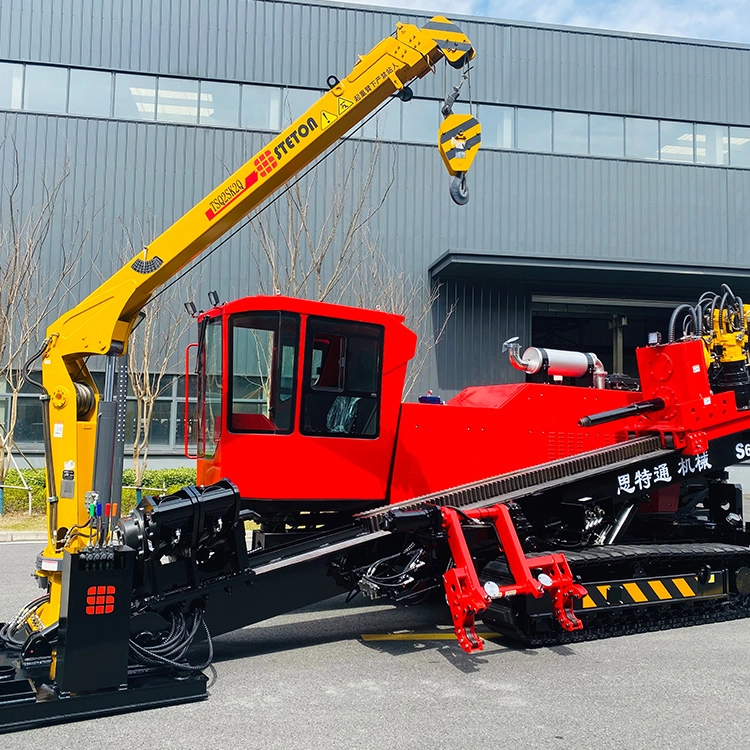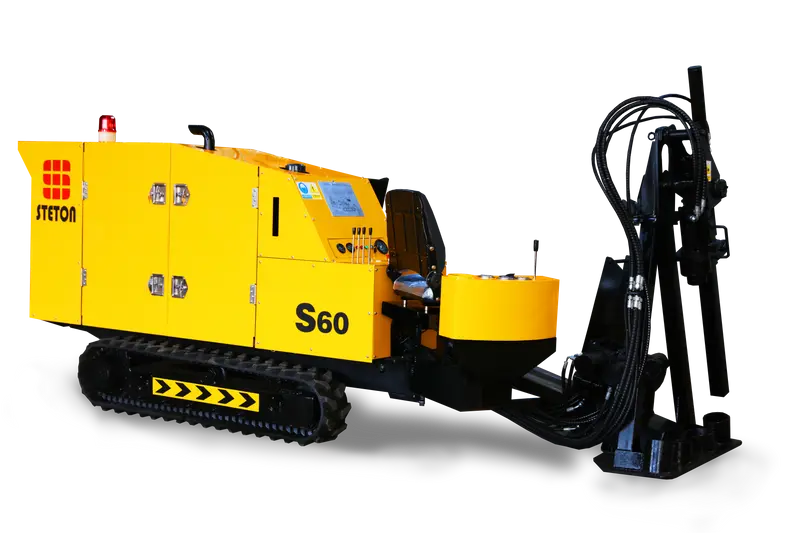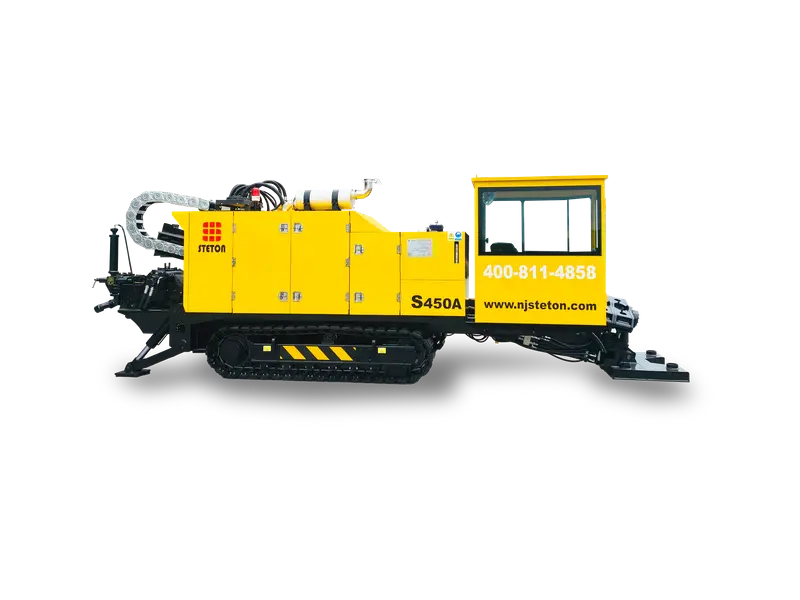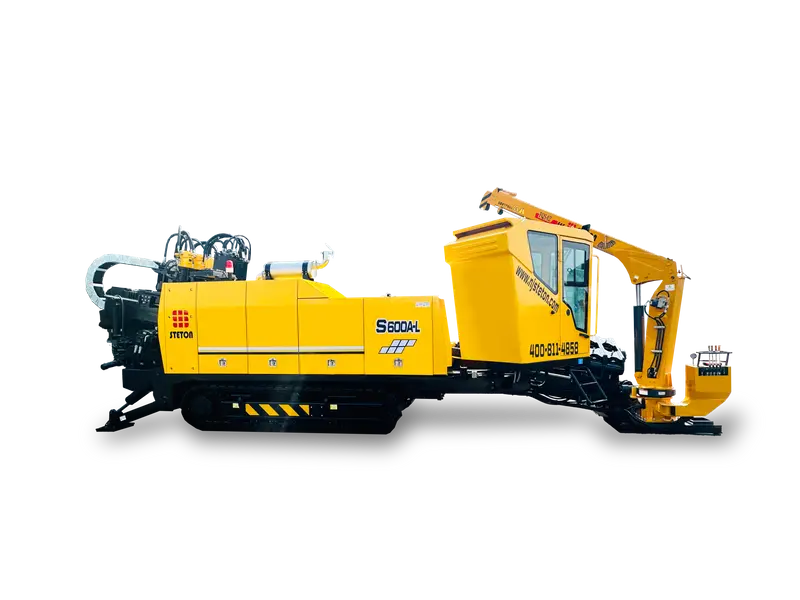The characteristics of horizontal directional drilling construction are as follows:
1. Directional drilling crossing construction will not hinder traffic, destroy green space and vegetation, affect the normal life and work order of shops, hospitals, schools and residents, and solve the interference of traditional excavation construction on residents’ lives, damage and adverse impact on traffic, environment and surrounding building foundations.
2. The modern crossing equipment has high crossing accuracy, easy to adjust the laying direction and buried depth, and the long arc laying distance of the pipeline can fully meet the design requirements for buried depth, and can make the pipeline bypass the underground obstacles.
3. The buried depth of urban pipe network is generally less than three meters. When crossing rivers, the buried depth is generally 9-18 meters below the riverbed. Therefore, the horizontal directional drilling rig is used for crossing, which has no impact on the surrounding environment, does not damage the landform and environment, and meets the requirements of environmental protection.
4. When the horizontal directional drilling rig is used for crossing construction, there is no water or underwater operation, which will not affect the navigation of the river, and will not damage the embankment and riverbed structures on both sides of the river. The construction is not limited by seasons, and has the characteristics of short construction period, low personnel, high success rate, safe and reliable construction.
5. Compared with other construction methods, the speed of entering and leaving the site is fast, and the construction site can be flexibly adjusted. Especially in urban construction, its advantages can be fully demonstrated, and the construction area is small, the construction cost is low, and the construction speed is fast.
6. When crossing large rivers, because the pipeline is buried 9-18 meters below the stratum, there are few oxygen and other corrosive substances in the stratum, so it plays the role of natural corrosion prevention and thermal insulation, and can ensure that the pipeline runs longer.
7. Pre-expanding is to expand the hole back to the expected diameter level by level according to 1.3~1.5 times of the pipe diameter under the condition that the geological conditions and underground pipeline detection or survey are clear.





